#if Calvin and Hobbes was all these big watercolor pieces like they use on the covers and like huge 600 page comic books
Text
A friend told me that my work feels almost minimalist as in "not busy or complicated" but "with the exact right amount of fancy words and humor or snark so it feels professional" which was really interesting to me.
So if anyone's wondering, my work, as it stands in my head, is supposed to feel like this btw:


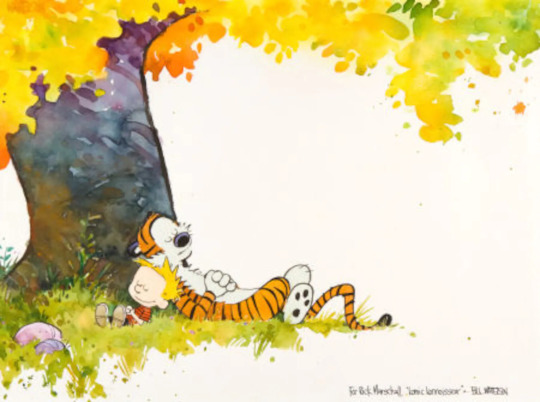
My works are supposed to be imagined like sitcom episodes with little watercolor backgrounds and cartoonishly illustrated characters. Depending on the chapter the art can be more or less realistic but just so everyone knows, this is what I see in my head when I write like 80% of the time.
So um anyway, I'm curious what art style other people write in. Do you imagine the real world or something more removed?
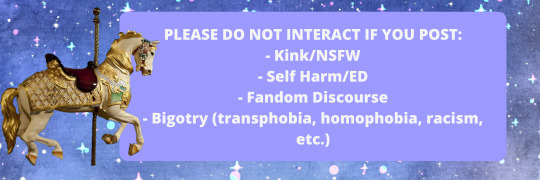
#It's like I'm storyboarding the new NBC sitcom#It's like the Loki and Hobbes comics that one person did in 2012#that's my stories but like... longer#if Calvin and Hobbes was all these big watercolor pieces like they use on the covers and like huge 600 page comic books#those are my fics#some chapters can and should also be imagined in the Caillou art style#I think that one really would make Mobius look cute#I mean like I hate that show but the art style is SO GOOD#idk I've always found it satisfying#some things are more vivid than others#Parenting Books has a lot of scenes and settings taken from my personal life so not so much#All The Lessons and The New Sibling though really have this vibe though#maybe since there's the permaregression aspect or maybe because I work with new settings idk
7 notes
·
View notes
Note
Your art is incredibly beautiful, detailed and whimsical. I'm curious- Who or what is your biggest inspiration?
Thank you so much!
I was always inspired by Beatrix Potter, ever since I was a child. Her attention to detail, love of anatomically correct animals, and sometimes quite dark humor, has influenced my art since forever.
She’s what made me want to learn art in the first place
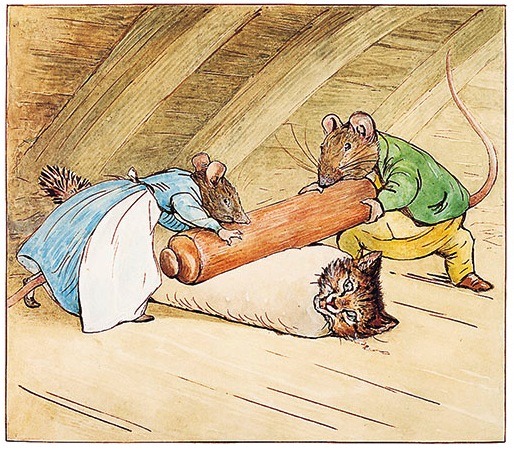
Then there’s Mr. Bill Waterson.
My parents owned the complete collection of Calvin and Hobbes; I used to get a piece of paper and trace over Hobbes to learn how to draw him!
His sense of motion and very natural style of inking are still a big influence to me. Oh to be as loose with my ink as he is!
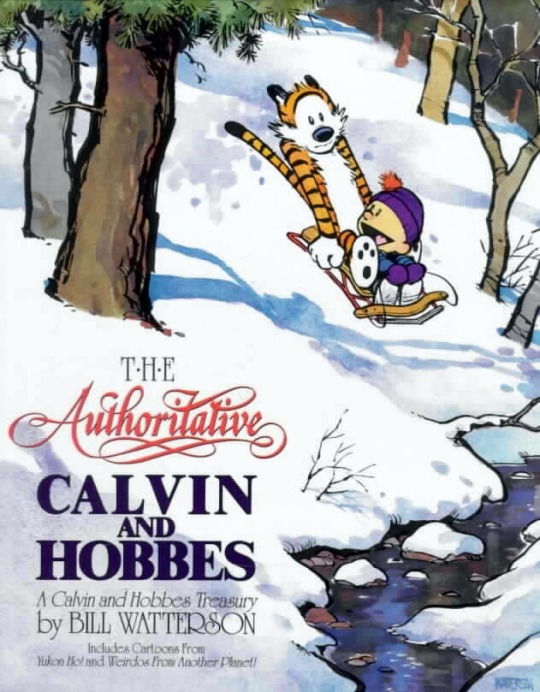
And of course, like all young modern day artists, Studio Ghibli.
My Neighbor Totoro was the first thing I ever saw by them; my brothers rented it for me on a VHS when I was 6. Its vivid colors and love of nature permanently impacted me and my art.
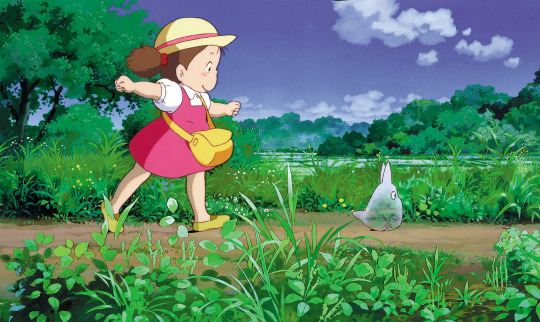
As I got older, I noticed most of my favorite artists had something in common: Watercolors with ink lines, and every painting told a story.
I wasn’t content to draw a pretty girl sitting in front of a window; I had to know why she was sitting in front of a window, what type of window was it? Where did she live? Was she pretty because she was born that way or did she steal it from her sister who’s trapped beneath a lake?
What changed the direction of my art (For a while I thought I wanted to be a cartoonist like Bill Waterson) was when I discovered Edmund Dulac. I loved his fine inking, composition, and the faded brown antique look. I’m still trying to find a balance between that sepia tone, and my love of vivid colors.
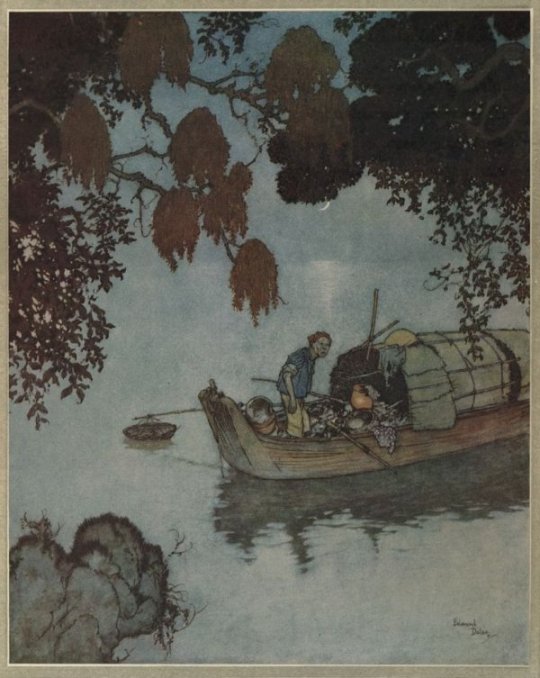
Also, for sheer strangeness, Peter Sis. His fishes with faces have permeated my art forever.
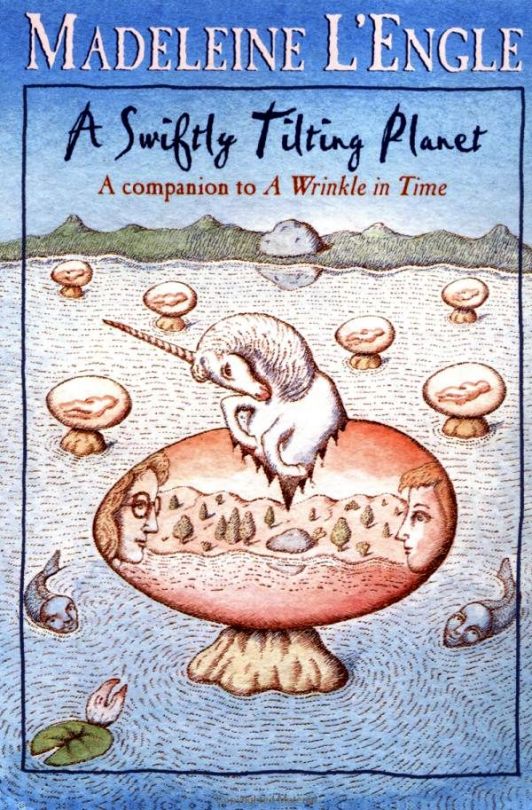
As for WHAT inspires me...I would have to say my environment and my family.
I live in the countryside, on the Jacobson Family Farm, and it is beautiful here; chickens, turkeys, cows, sheep, a still young orchard, and a lake a mile up. Hundreds of tiny black toads seem to rise from the ground when it rains, and a cougar who lives in an old dug-out by the lake.
My family really is my biggest blessing. My parents and siblings love my art and support me 100%. When I was young, I would tell me little sister Alice stories as we fell asleep at night; now that I’m older, I can tell me nieces and nephews stories as we camp five feet from the house in pop-up tents. These stories always end up becoming illustrations later!
There are other things that inspire me; documentaries about history, cultures, nature, sea life, or anything really. My uncle makes prosthetic limbs for a living, so I’ve always been fascinated by that, and include them in my art and stories quite frequently.
I’m highly susceptible to inspiration; I’ve been inspired by the pattern on curtains and the shape of my blanket.
Thank you for such an interesting question! I had a blast thinking about what and who inspires me, so this answer probably ran a little too long. I don’t know how to end this so bye.
14 notes
·
View notes
Text
Charrette Artwork Assignment Response (and explanation to photos)
In response to this week’s prompt, I pulled up these five individual pieces from my personal collection that I find are my personal favorites.
I am always drawn to these works and the artists who created them because they all tell a story through poses, expressions, and a unique styles of their own; something that I myself always enjoy doing. While they are in comic form instead of animation form—my preferred method of story-telling—so it does not quite fit my interests, they all still achieve the same desired effect in a still fashion to portray movement. All these pieces and the books in which they belong to I always come back to for a dose of inspiration!
1) What other artists are working in the areas you identified as your passion?
a. Storytelling and entertainment is such a broad spectrum. To name a few famous examples, we have Disney and Pixar, Dreamworks, Youtube artists such as Erica Wester (creator of “Welcome to Hell;” an animation I highly recommend), and a number of well-known, influential fursuiters such as Majira Strawberry and Ino (Telephone).
2) What are the shared features of these five artworks?
a. These five artworks all tell their story through a mix of character interactions, dialogue, action, and panel sequence; formulaic of any kind of comic, big or small.
3) What materials are the art work made of?
a. All of these pieces used pen and ink to some degree. “The Wonderful Wizard of Oz” and “Pokemon Mystery Dungeon: Ginji’s Rescue Team” both had some digital rendering and color work, and the “The Far Side” comic panel used watercolor for the coloring.
4) What parts of these artworks gives us an idea of who the artist is?
a. Especially for the “The Far Side” comic strip, based on how unlimited the artist tends to be on what topics he discusses in his comics, we can easily assume that the artist holds no bars; he likes to make comics on the weird and the peculiar. The “Calvin and Hobbs” comic strip tells of an artist who more than likely has an active imagination, or at least as a child he did. The “Pokemon Mystery Dungeon: Ginji’s Rescue Team” page shows the artist—or group of artists—and their interest in dynamic posing and dramatic effects as well as being faithful to the source material; such is typical for Japanese mangas. “The Wonderful Wizard of Oz’s” fantastic use of scratchy lines and dynamic perspectives shows that the artists think of their story in the biggest fashion, as evident in the illusion of space that the bottom panel in particular highlights. Finally, the segment from the MAD comic I selected shows that the artists have an innovative—if not humorous—way of thinking to get the viewer questioning if the contraptions they creative really work.
0 notes